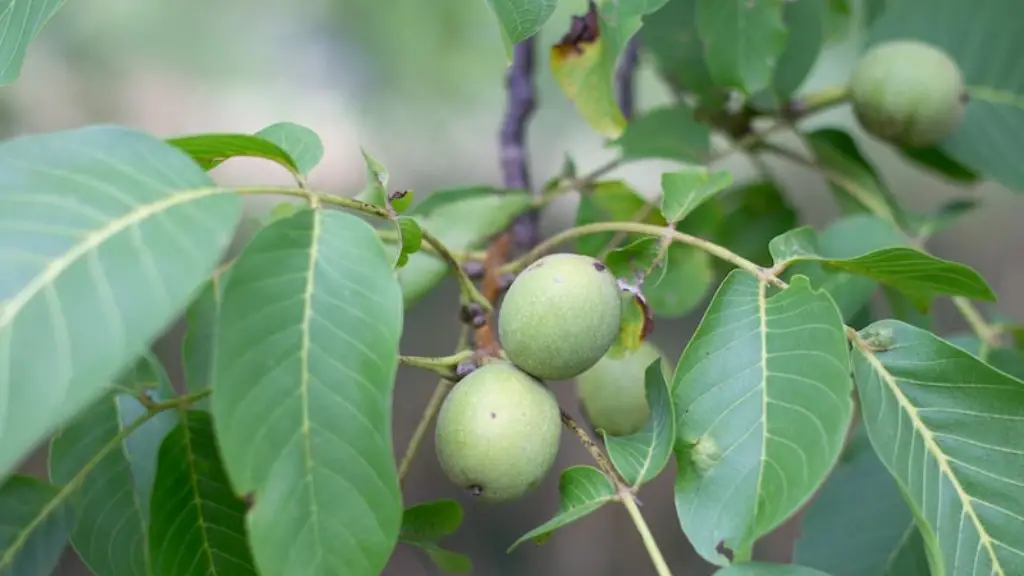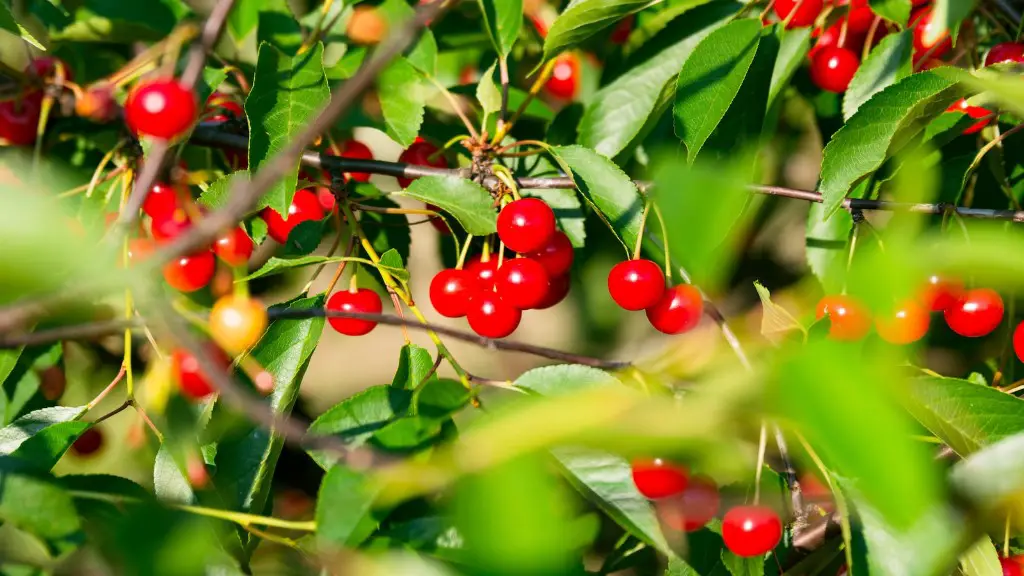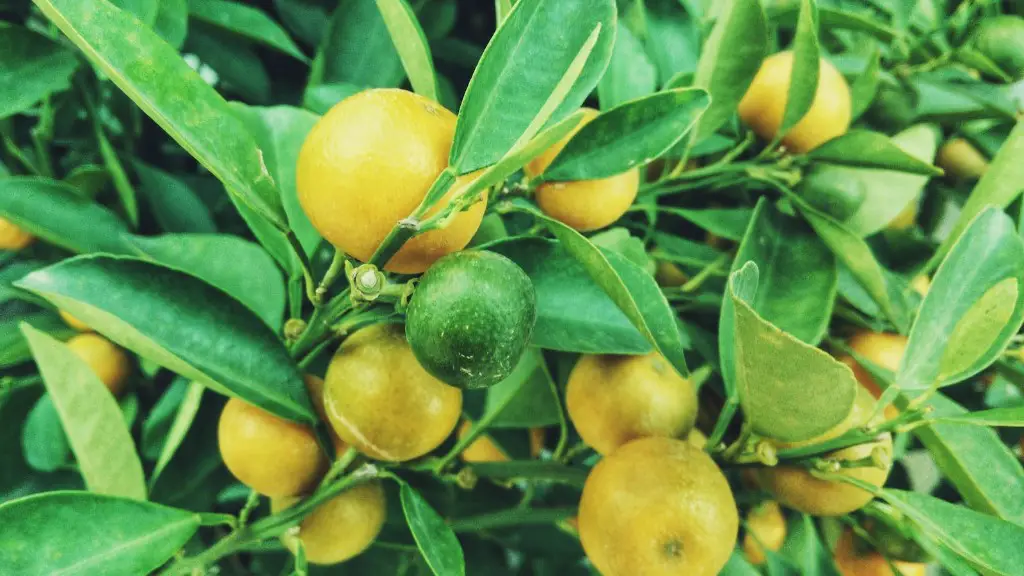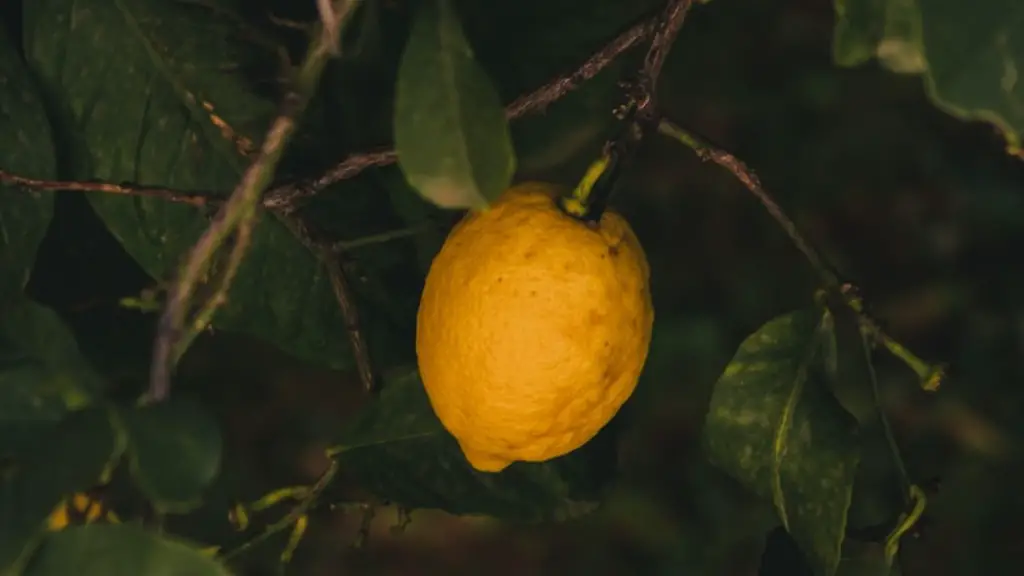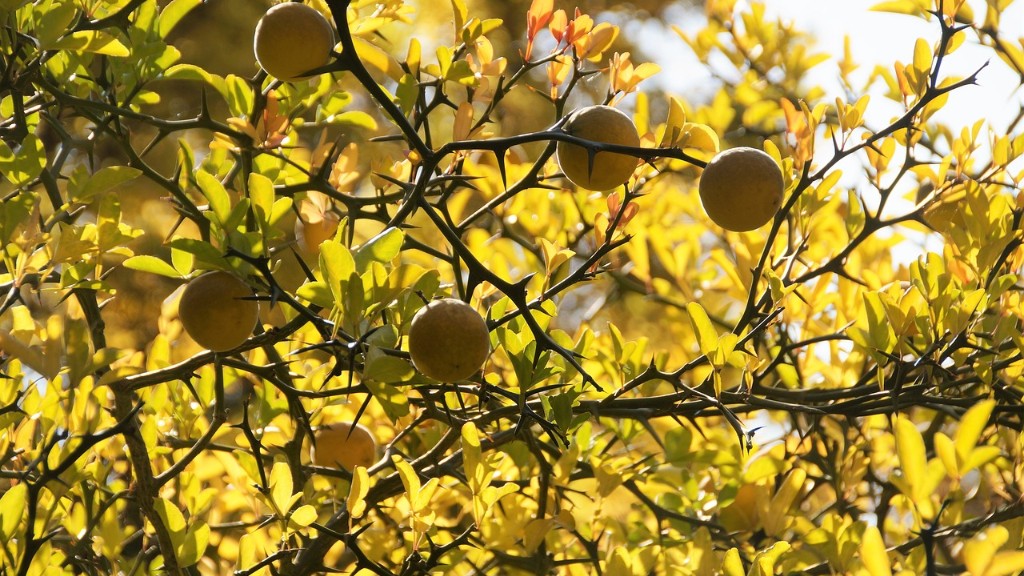Horse chestnut trees are a beautiful addition to any landscape. If you have a horse chestnut tree and want to propagate it, you can do so by growing it from a nut. Here is a guide on how to grow a horse chestnut tree from a nut.
First, you will need to find a horse chestnut tree that is at least five years old. Once you have found a tree, you will need to collect some of the nuts that fall from the tree. The best time to collect the nuts is in the fall, after the leaves have fallen from the tree.
Next, you will need to clean the nuts and remove the husks. Once the nuts are clean, you will need to soak them in water for 24 hours.
After the nuts have soaked, you will need to plant them. The best time to plant the nuts is in the spring. You will need to plant the nuts about two inches deep in the soil.
Once the nuts have been planted, you will need to water them regularly. Horse chestnut trees need a lot of water, so you will need to water them at least once a week.
After a few months, you will see new growth on the horse chestnut tree.
There are a few ways to grow a horse chestnut tree from a nut. One way is to sow the nut in a pot of seed compost in autumn or spring, keeping it moist but not wet. The seed will germinate the following spring. Once the seedling is large enough to handle, transplant it into a 13cm (5in) pot. The second method is to place the nut in a shallow bowl of water. Keep it in a cool, light place and wait for it to sprout. When the shoot is 5cm (2in) tall, transplant it into a pot as above. The third way is to bury the nut in a 9cm (3.5in) pot of moist soil in autumn. The following spring, the nut will have germinated and the shoot should be visible. transplant it into a larger pot as above.
Can I grow a chestnut tree from a seed?
Growing chestnut from seed is easy. If you can germinate one avocado in twenty tries, you will be able to germinate at least fifteen chestnuts. The nuts are relatively big, and seedlings grow fast, so most survive the rigors of their first winter.
Horse chestnut trees can be grown from cuttings taken from the branches. The best time to take cuttings is in the spring for softwood cuttings or in the fall for hardwood cuttings. The cuttings should be 4-6 inches (10-15 cm) long and placed into well-draining soil media. You may dip the cut ends in rooting hormone for better results.
Are horse chestnuts easy to grow
Horse chestnut seedlings are easy to grow and make a wonderful addition to the landscape. They can be planted in their permanent locations the following spring or fall, or whenever they reach about a foot (30 cm) or so tall. Growing a horse chestnut tree is easy and well worth the little effort involved. The tree makes a wonderful addition to the landscape for years of enjoyment.
Conkers are the brown chestnut-like nuts that grow on horse chestnut trees inside of spiky husks. You can collect fallen conkers and plant the nuts to grow horse chestnut trees of your very own!
How long does it take for a chestnut seed to germinate?
It will take 3 to 6 weeks for the seeds to complete the germinating process and start emerging. Soil temperatures must be above 55 degrees F for the chestnuts seeds to continue the germinating process. Temperatures below this will cause the chestnut seed to take longer to emerge from the soil.
American chestnut trees will sprout in two to three weeks at temperatures between 70 and 85 degrees Fahrenheit, according to the University of Florida Department of Environmental Horticulture, and the same goes for common horse chestnut trees.
Can you grow a chestnut tree from a cutting?
Propagating chestnut cuttings is more difficult than direct planting chestnut seeds for several reasons. First, it can be difficult to find a suitable cutting from a healthy tree. Second, the cutting must be taken from the right part of the tree (usually a young, actively growing shoot) and at the right time of year (usually late winter or early spring). Finally, the cutting must be kept moist and warm until it roots, which can be difficult to do.
Chestnuts can be a very profitable crop. They begin to bear in only 3-5 years, and by 10 years can produce as much as 10-20 lbs/tree. At maturity (15-20 years), they can produce as much as 50-100 lbs/tree or up to 2,000-3,000 lbs/acre each year.
Do you need two chestnut trees to produce nuts
If you want to grow chestnuts, make sure you have enough space for at least two giant trees. You’ll also need to plan to have at least two chestnut trees planted within ~100 feet of each other (or less). This ensures that your chestnuts will be able to cross-pollinate in order to produce nuts.
A horse chestnut tree typically flowers around its seventh year and produces fruit (conkers) which are often enjoyed by children. Though anyone in their right mind should celebrate this achievement, it is particularly special to those who have been waiting for their own tree to begin bearing fruit.
Where do horse chestnut trees grow best?
The horsechestnut is a large deciduous tree that grows in various types of soil, including acidic, loamy, moist, rich, sandy, and silty loam. It prefers well-drained soil and does not tolerate wet or waterlogged conditions. The horsechestnut is a hardy tree that is adaptable to different climates and growing conditions.
Horse chestnut trees are known for their tolerance of a wide variety of soils, including dry, sandy soils, wet clays, and chalk. They generally grow best in moist, well-drained soils, however. This makes them a good choice for areas that experience a wide range of moisture levels.
Can you plant a conker to grow a tree
Conkers are always a good seed for planting. Check their seeds do not have any holes in them – if they have, it means insect larvae will be inside eating! Place some crocks at the base of a pot, then nearly fill it with soil, mixed with some compost.
The chestnut seed needs to be kept moist in order to prevent it from drying out. It also needs to be kept cool, but not frozen, for two to four months in order to allow it to germinate properly. Once it has been planted, the seedlings need to be protected from animals and should be planted at least six inches apart.
How do you germinate conker seeds?
It’s important to make a hole in the soil before planting your seeds. This will help the seedlings to get the nutrients they need to grow properly. You can use your finger to make a 2cm hole in the soil. Place the pots outside in a safe place, where they will get 4 hours of sunshine. Water the pot(s) whenever the soil starts to dry out. Note: Make sure the seeds are planted in late autumn, before the first frost (Around October to November).
And as you can see some of them already started to grow the initial route the chestnut seed will take when it sprouts. This is an important first step in the process of growing a new chestnut tree. The seed must first sprout and then put down roots in order to grow into a strong and healthy tree. Once the roots are established, the tree can start to grow taller and produce leaves and nuts.
How do you know if chestnut seeds are viable
If you find three chestnuts in a bur, it means that the bur was pollinated and the seed are viable. The pollinated seed are plump and sink when placed in water, while the unpollinated seed look shrivelled up and float after placed in water.
If you’re looking to grow American chestnuts, be aware of a few things that can impact their growth. Poor drainage, for example, can lead to waterlogged roots and stunt the tree’s growth. Additionally, American chestnuts need full sun to thrive, so make sure they are planted in an area that gets plenty of light. Lastly, these trees are susceptible to a number of pests and diseases, so be sure to monitor them closely and take action if you see any problems. With proper care, American chestnuts can be vigorous, healthy trees that provide plenty of rewards.
Conclusion
Assuming you would like tips on growing a horse chestnut tree from a nut:
1. Start by planting the nut in well-drained, loose soil. The soil should be kept moist, but not too wet.
2. Once the sprout appears, continue to water regularly and fertilize monthly.
3. When the tree is about 3 feet tall, you can begin to prune it to shape.
4. Keep an eye out for pests and diseases, and treat accordingly.
As long as you have a horse chestnut tree and nuts available, growing a new horse chestnut tree is relatively easy. All you need to do is plant the nuts in well-drained soil and give them plenty of water. If you live in an area with cold winters, it’s best to plant the nuts in the fall so they have time to establish themselves before the ground freezes. With a little patience, you’ll soon have a new horse chestnut tree growing in your yard.
